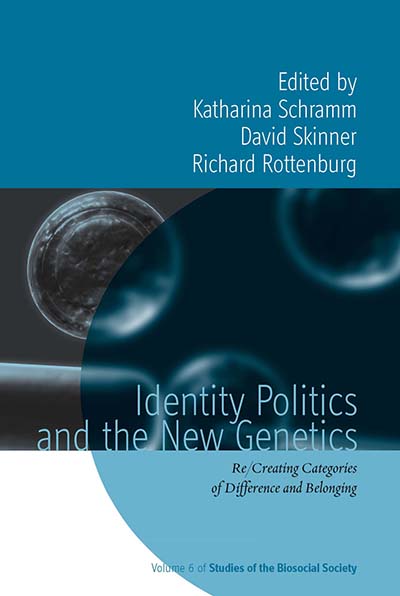Using the Mixed-Race Category to Expose the Persistence of Anti-Black Racism: A Response to Thomas Chatterton Williams
2012-03-17
Mark S. James, Fulbright Scholar
Horlivka State Pedagogical Institute of Foreign Languages
This article [Thomas Chatterton Williams, “As Black as We Wish to Be,” New York Times (March 16, 2012)] stipulates that people of mixed-race parentage do indeed experience advantages that those who are perceived to be monoracially black do not, yet argues that these people should deny this advantage because of an “ethical obligation” to identify as (monoracially) “black,” as if numbers alone tells the whole story of racial discrimination. It seems to me that it is precisely because many mixed-race individuals experience advantages that many “pure” black people do not that we can most effectively use the mixed-race category as a way of exposing the persistence of anti-black racism.
As we have seen with Obama, though he did not get the majority of white votes, one can argue that it was precisely his being part white that made quite a few white voters feel comfortable with voting for him. This was why he spoke about his white family early and often. It is highly unlikely that these voters would have felt similarly about a “pure” African American, let alone voted for him (or her). This is perhaps why we did not see the “Bradley effect.” Enough white people voted for him to enable the overwhelming majorities of minority votes to decide the election. Yet when he won, many of these same white people (and others) took this as proof of a “post-racial America.” Suddenly, it was cooler to highlight his “blackness” as evidence of “how far we’ve come.” I believe that some people—and not a trivial number at that—voted for him because of his “whiteness,” and then celebrated his election because of his “blackness.” Therefore, to the extent that we focus on Obama’s “blackness” to the exclusion of how “whiteness” and white privilege functioned in his election, we fail to come to terms with how anti-black racism works today.
It seems to me that Chatterton Williams has it exactly backward. As mixed race people continue to multiply and take advantage of opportunities that may not be available to those who continue to suffer from social and institutional anti-black racism, it makes little sense for him to insist on a “pure” black designation. If he says, “I’m black,” what’s to keep someone from saying, “Well then how can racism still exist? You’re clearly a highly educated black man living in Paris, married to a white woman, and that fact, as you put it, raises few eyebrows. What more do you all want, Negro?”
If, on the other hand, he can argue that it was precisely his proximity and access, however incomplete, to white privilege in terms of colorism, access to schools denied those who did not live in a (presumably mostly white) New Jersey suburb, etc., he can more effectively draw attention to how anti-black racism continues to function and even thrive in an environment where a “black” (but not really *wink, wink*) man can be president. It is conceivable that less privileged African Americans (those without access to white privilege) may be faring even worse under Obama than they did under W [George W. Bush] or Clinton. In my view, it is precisely because so many Americans are now looking for Obama to betray a bias towards black people that he cannot afford to even consider some policies that could specifically target the effects of anti-black racism that a “white” president could. To the chagrin of Cornel West, Tavis Smiley, et al., he has had to avoid race in a way other presidents before him did not have to, had they been so inclined.
In short, by identifying as “purely black,” Chatterton Williams’s essay seems more like self-congratulation masquerading as progressive politics. Chatterton Williams proudly proclaiming, “I’m one of them” in 2012 does not have anything like the same impact as it did for Ellison in the shadow of Jim Crow segregation. When Ellison did it, he was exposing those efforts to cast him as the “exceptional Negro” and therefore not like other “Negros” who “deserved” or “earned” their poor treatment. His saying, “I am one of them” raised the real question of, “Well, how many Ellisons are there that just don’t have a chance because of the explicitly anti-black racism that has been in practice since the founding of this country?” It was a spur to push for more civil rights for all African Americans. When Chatterton Williams does it in a post Civil Rights environment where so many are looking for proof that America has done quite enough on this score, they are more likely to say, “Yes, yes, YES!!! I accept that you are one of them! Therefore, we need do no more!”
©2012, Mark S. James
